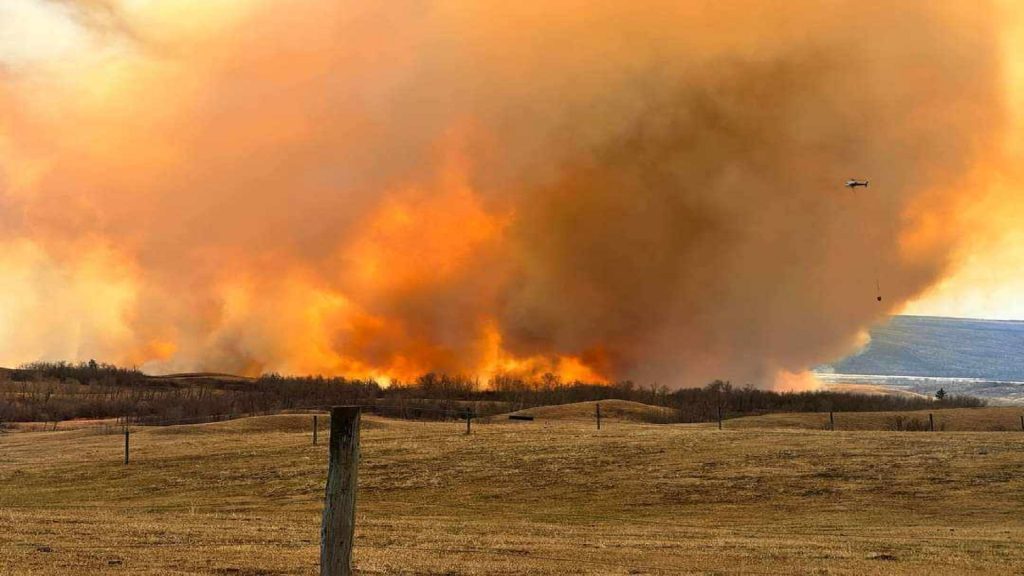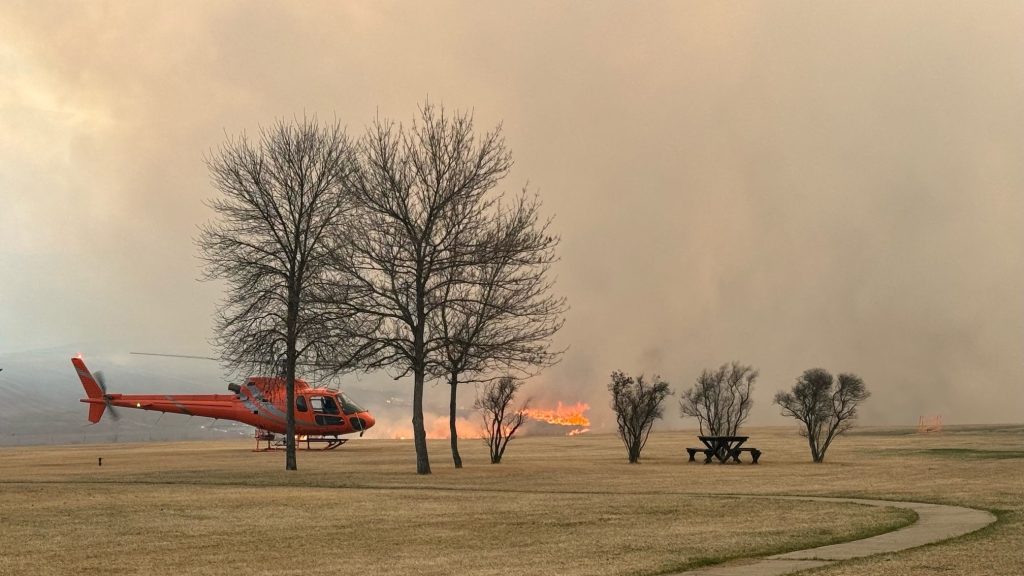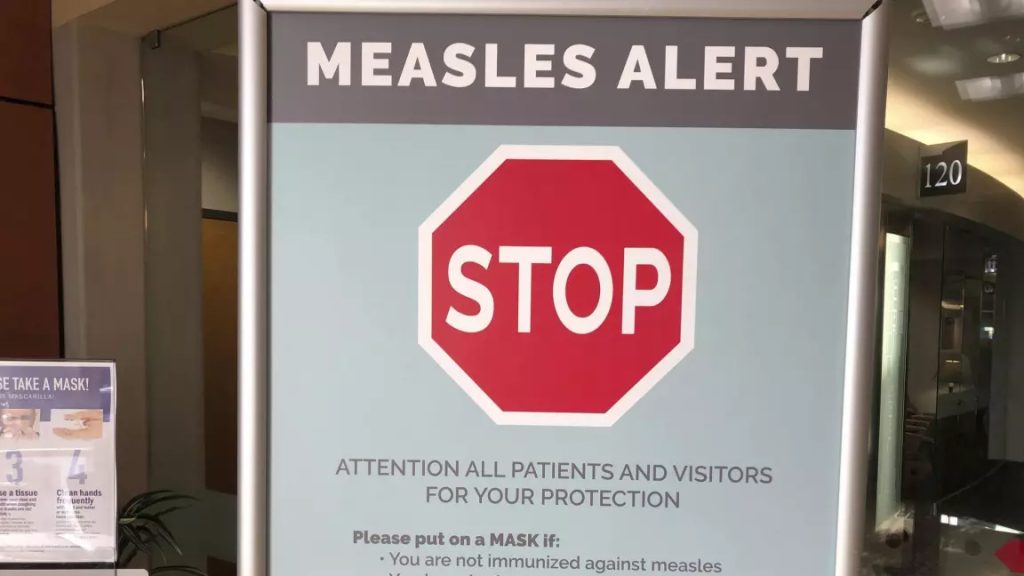Gaps leave children at risk of online exploitation, federal study warns
Posted Aug 31, 2016 2:30 am.
Last Updated Aug 31, 2016 4:16 pm.
This article is more than 5 years old.
OTTAWA – There are “serious gaps” — in resources, training and research — in efforts to protect young people from online sexual exploitation, warns a study prepared for the federal government.
It means “much more still needs to be done” to ensure the safety of vulnerable children, especially in regions that lack the people and programming to make a difference, says the examination of 60 public-sector and non-profit agencies across the country.
The study, completed in March for Public Safety Canada by an Ottawa consulting firm, was released to The Canadian Press under the Access to Information Act.
Public Safety commissioned the research to build on its work against online exploitation and “ensure that federal investments are targeted at the areas of greatest need,” the study said.
It followed an internal department memo in February that warned of insufficient police resources to keep pace with the burgeoning threat to children from online sexual predators.
Cybertip.ca, a national tipline to report suspected online sexual abuse of children, has seen increases in reporting, including with respect to the severity of acts and images of very young children.
Although data is limited, some believe online child sexual exploitation has reached “a level of epidemic proportions” that, if left largely unaddressed, will have devastating consequences for generations of children, the memo said.
Access to technology and social media are no longer optional for many young people, who see them as essential to their social status, the study said. At the same time, camera-equipped smartphones and the constant proliferation of apps, games and communication services has overwhelmed parents and guardians.
Signy Arnason, director of Cybertip.ca, said in an interview that technology is evolving so quickly that it’s important to “take the opportunity to explore ways in which we can be enhancing things and better protecting kids.”
The study found a “fairly good mix” of programs and services across Canada dedicated to fighting cyberexploitation, but resources “are being strained.”
“While these efforts are certainly commendable, the nature and scale of the problem is such that serious gaps remain and much more still needs to be done to protect children and youth and ensure their safety online.”
The examination of existing efforts suggests some regions, such as rural areas and the North, may not be as well equipped as others to deal with the problem due to lack of programming and services, including facilities, technology, resources, victim treatment and counselling, the study says.
Promoting more widespread access to these services could reduce risk, since perpetrators are adept at discovering and taking advantage of weaknesses, it adds.
The federal government should contribute money to a variety of promising, research-based efforts in different communities, said Merlyn Horton, chief executive of Safe Online Education Associates, one of the organizations consulted for the study.
A program aimed at young Asian Canadians in British Columbia will necessarily be different than one for Inuit communities, she said in an interview. “They should be funding grassroots efforts so that people can develop education that meets their needs.”
The study also found:
— Efforts by non-governmental organizations and private-sector companies are vital;
— A need for research to better understand the motivations behind child exploitation, as well as more training for service providers, educators and counsellors;
— Opportunity exists for young people to play a bigger role in awareness programs about social media.
— Follow @JimBronskill on Twitter










